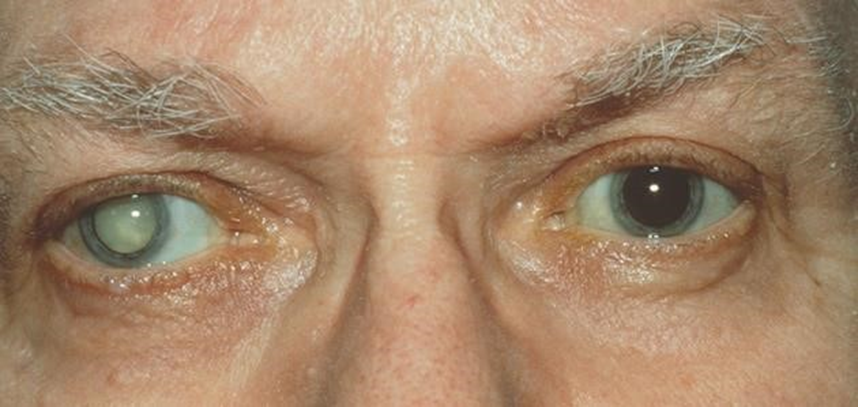A nurse is assisting with the admission of an older adult client. Which of the following subjective findings suggests that the client may have cataracts?
Sudden dimmed vision
Cloudy vision
Intermittent flashes of light
Pain in the eyes
The Correct Answer is B
A. Sudden dimmed vision: Sudden dimmed vision may indicate other ocular issues, such as retinal detachment or macular degeneration, but it is not a specific indicator of cataracts.
Cataracts typically cause a gradual clouding of vision.
B. Cloudy vision: Cloudy or blurred vision is a classic symptom of cataracts. Cataracts cause the lens of the eye to become cloudy, leading to vision problems such as difficulty seeing in low light, blurry vision, or seeing halos around lights.
C. Intermittent flashes of light: Intermittent flashes of light are more commonly associated with conditions such as retinal detachment or migraine aura, rather than cataracts.
D. Pain in the eyes: Pain in the eyes is not typically associated with cataracts unless there are complications such as increased intraocular pressure or inflammation.

Nursing Test Bank
Naxlex Comprehensive Predictor Exams
Related Questions
Correct Answer is B
Explanation
A. The FACES scale is commonly used for children over 3 years of age who can understand and verbalize their pain using facial expressions.
B. The FLACC scale (Face, Legs, Activity, Cry, Consolability) is appropriate for infants and young children who are unable to verbally communicate their pain. It assesses facial expression, leg movement, activity level, cry, and ability to be consoled.
C. The Color tool is not a recognized pain rating scale. It may be used to assess oxygenation in some cases but is not specific to pain assessment.
D. The Numeric scale involves asking the patient to rate their pain on a scale from 0 to 10 and is typically used with older children and adults who can understand and use numbers to describe
their pain intensity.
Correct Answer is C
Explanation
A. Placing the crib in front of the window can pose a risk of injury if the infant gains access to the window blinds or falls out of the window.
B. Hanging toys across the crib rails can pose a risk of strangulation or choking if the infant becomes entangled in them.
C. Keeping the door to the bathroom closed prevents the infant from accessing potentially hazardous items such as medications, cleaning products, or small objects that may pose a choking hazard.
D. Setting the hot water heater at 140 degrees Fahrenheit increases the risk of scald burns for the infant. The water temperature should be set at or below 120 degrees Fahrenheit to prevent burns.
Whether you are a student looking to ace your exams or a practicing nurse seeking to enhance your expertise , our nursing education contents will empower you with the confidence and competence to make a difference in the lives of patients and become a respected leader in the healthcare field.
Visit Naxlex, invest in your future and unlock endless possibilities with our unparalleled nursing education contents today
Report Wrong Answer on the Current Question
Do you disagree with the answer? If yes, what is your expected answer? Explain.
Kindly be descriptive with the issue you are facing.
